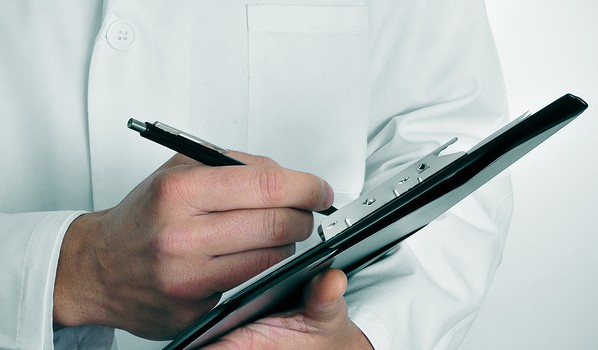It is well known that there is a substantial effort to reduce healthcare costs. These reductions can occur by decreasing reimbursements to both the healthcare facility and directly to the physician. As many physicians receive direct benefit from the healthcare facility in the form of profit-sharing, salary, payment for call, etc., it is in our best interests, as physicians, to help the healthcare facilities reduce cost in order to avoid the inevitable solution of reducing their payouts to the physician. Several obvious ways exist to reduce healthcare costs associated with our procedures. These include, among others, having shorter lengths of stays, utilizing less expensive implants, and performing procedures in a less expensive manner.
The concept of performing procedures in a less expensive manner has really taken off in hand surgery over the past decade. For example, percutaneous trigger finger release and needle aponeurotomy are derivatives of two procedures that were previously performed in an operating room setting that can now be performed in the office. Furthermore, the advent and implementation of wide awake surgery creates an optimal environment to reduce healthcare costs.
An indirect way to reduce healthcare costs is to reduce healthcare waste. This effort has been championed by some members of ASSH and termed “lean and green.” By performing a procedure with only the truly necessary equipment and draping, you can reduce healthcare costs by decreasing the need to sterilize equipment, the time needed to set-up and clean-up the operating room, and the amount of waste produced from the procedure. This obviously also helps the environment.
As a pediatric upper extremity surgeon, the first procedure I tried the “lean and green” concept on was closed reduction and percutaneous pinning of supracondylar humerus fractures. The so-called semi-sterile technique had been published in one series of approximately 300 cases, where the authors performed the procedure utilizing a partial draping, without any infections.
I began utilizing the semi-sterile technique early in my practice and since then have further decreased the instrumentation, prep, drapes, etc. I utilize for this procedure. Currently, I utilize a separate set made of just the few instruments I routinely need when performing a closed reduction and percutaneous pinning – a bandage scissor, a pin cutter, and a needle driver. Obviously we have the drill and K-wires as well. As for draping, I only utilize towels and the scrub tech/nurse, my resident, and I only wear gloves. Thus we have eliminated the cleaning and sterilization of a full hand tray, the cost and medical waste of traditional drapes and gowns, and the time needed to set up and clean up the operating room. I have gone on to now utilize this “lean and green” technique for all percutaneous pinning procedures.
I would encourage you to find an operation where there is lots of unnecessary medical waste and work with the operating room staff and administrators to decrease the waste and subsequently the associated healthcare costs. By doing this you will be helping the environment, decreasing healthcare costs, and maybe even finishing your day a little earlier.

